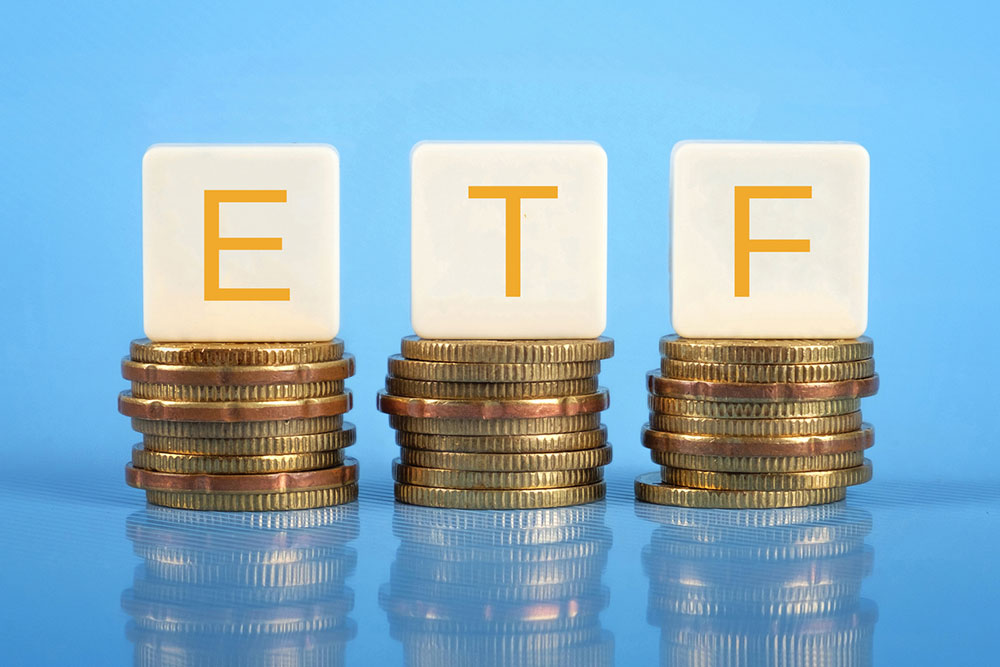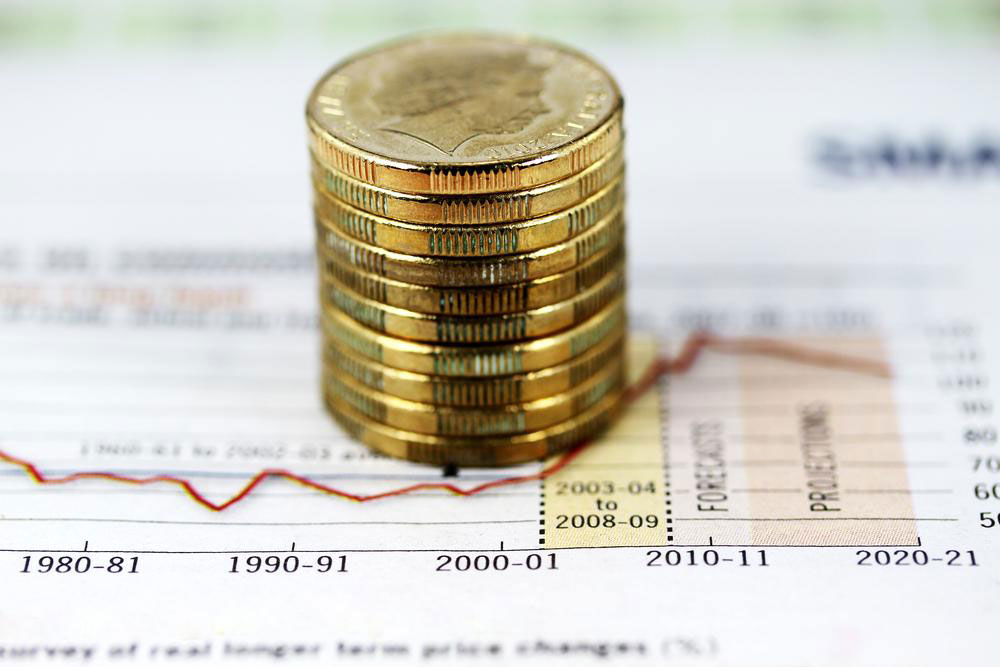Comprehensive Guide to Commodity ETFs and Their Benefits
Discover the benefits and strategies of investing in commodity ETFs. This guide explains how these funds simplify commodity trading, reduce costs, and diversify your investment portfolio. Learn about different types of commodity ETFs, their advantages, and how they can help you achieve better returns with lower risk. Perfect for investors seeking a straightforward way to enter commodity markets without the complexities of direct ownership or futures trading.

Comprehensive Guide to Commodity ETFs and Their Benefits
Investing in commodities through ETFs offers a strategic way to diversify your portfolio with minimal hassle. Instead of directly purchasing physical commodities, investors can profit from price movements by investing in commodity-focused stocks or ETFs. These funds include specific options like oil, gold, or energy ETFs, as well as broad-based funds that track multiple commodities simultaneously.
One key advantage of commodity ETFs is ease of trading. Investors can choose to invest in commodity futures, stocks of commodity companies, or broad commodity indices, simplifying the process. This approach minimizes complexities and reduces transaction costs, allowing investors to capitalize on commodity movements efficiently.
By investing in a single commodity ETF, investors gain exposure to specific commodities with one trade, enabling diversified and strategic portfolio management.
Key benefits of commodity ETFs include:
Simple trading process
Lower transaction costs
Tax advantages, as capital gains are deferred until sale
While trading risks exist, proper analysis can turn commodity ETFs into valuable assets. They provide a flexible, cost-effective way to benefit from commodity market trends while avoiding some complexities associated with direct commodity investments.








